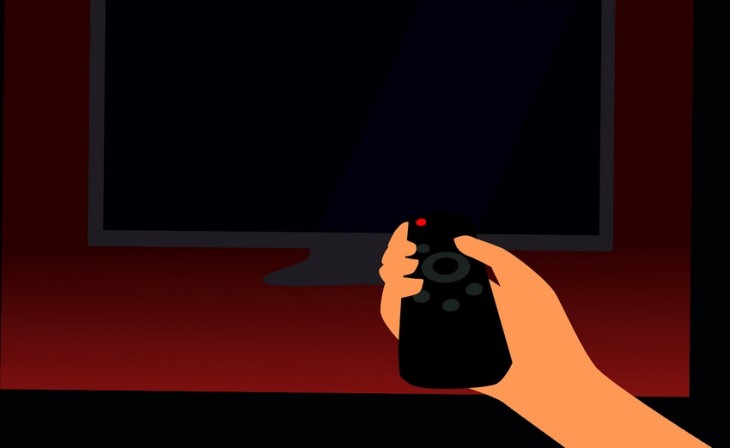If I connect the TV via WiFi, will the rest of the devices work well?
The first thing we must comment on is that, in this case, we have three factors that will make the difference between having or not having problems. One of them is the quality of the router we have at home. We should also take into account the number of Wi-Fi devices we have at home and the bandwidth they need.
The router to which we connect the Smart TV
A very important issue when connecting the TV via WiFi is the wireless capabilities that our router must support so that we do not have problems. Today at least we will need a dual-band router that supports the 2.4 GHz and the 5 GHz. In this case, the minimum standard that should support is 802.11ac although with current prices you could think of buying one that supports Wi-Fi 6 and the 802.11ax standard. Currently, the vast majority of Smart TVs of medium and high range, support both the WiFi 6 standard and also the possibility of connecting to the 5GHz band, with the aim of having the best possible performance and minimum interference.
Therefore, the first thing we should check is the specifications of the router. If we had one with the 802.11n standard we would have only the 2.4 GHz band and a lower speed and stability. This means that we have a good chance of having performance problems with the rest of the devices, especially if the Smart TV is streaming content in 4K by consuming a large bandwidth. Here are some tips for choosing a good Wi-Fi router in case you need to change it.
Things to consider when connecting the TV via WiFi
After having verified that we have a suitable router to connect the TV via WiFi, it is time to check if we can use it without problems. Here, for example, a factor to take into account is the expectations we have in terms of display quality. It is not the same to want to play content at 4K, 1080P, or 720P, the first being the one that requires more bandwidth.
It will be very important both how we place the router, and the distance from that TV via WiFi to the router we are using. Thus, for the placement of the router it is important that it is in a free space on all four sides and away from other electronic devices that may cause interference. As for the distance, if that TV via WiFi is not close to the router and it is difficult to receive its signal, we consider adding a Wi-Fi repeater or Wi-Fi Mesh system to improve the wireless coverage of our home. However, before doing anything we also recommend trying to change the Wi-Fi channel.
Regarding the rest of the devices, it should not affect them too much as long as our connection has enough bandwidth. Of course, as long as there are not several devices at once making intensive use of the connection via WiFi, otherwise, we will have a lot of slowness and even sporadic cuts. Therefore, to perform everyday tasks such as browsing the Internet with several devices at once we should not have problems.
Finally, the exception that would force us to add additional network equipment, a new router or improve our Internet connection, would be when we want to watch high-resolution content on our TV via WiFi or we have several devices at the same time that require a large bandwidth.




